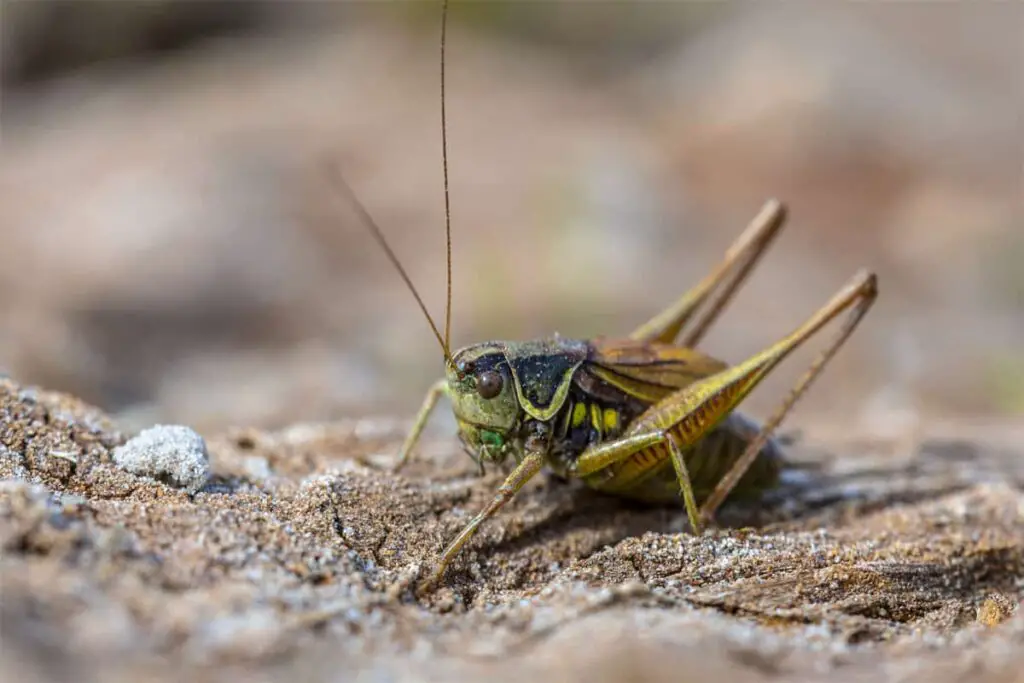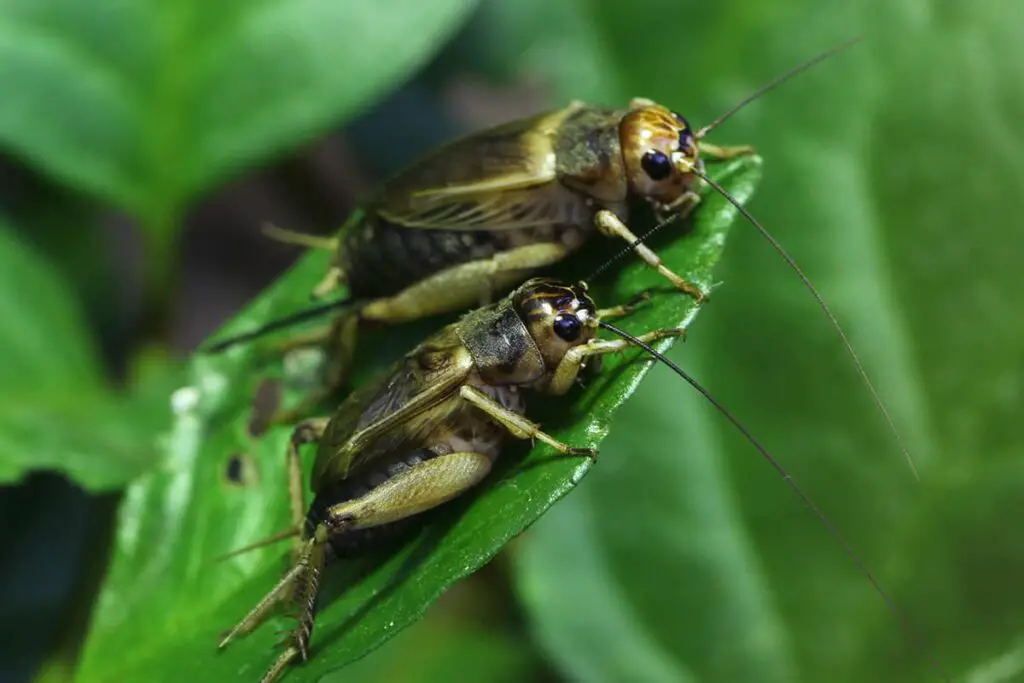Maintaining the right level of humidity is crucial for various plants, reptiles, and mushrooms, which often thrive under specific moisture conditions. When you’re trying to create a perfect environment that mimics a natural habitat or cultivates growth, choosing the correct substrate is a fundamental step. Substrates are much more than just a base for your tank or grow area; they play a pivotal role in controlling moisture levels and can significantly influence the health and development of your organisms.
Imagine substrates as the foundation of a home—it needs to be sturdy, reliable, and suitable for the environment. In the context of humidity management, certain substrates have the inherent ability to retain water and regulate moisture, acting like a sponge. For example, coconut fiber is recognized for its excellent moisture retention, making it ideal for species requiring high humidity levels. On the other hand, options like orchid bark and cypress mulch are also favored for their aesthetic appeal and functional properties in tropical setups.
Understanding the different characteristics of substrates, from their texture to their water-holding capabilities, is key to ensuring that your humidity-sensitive creatures and plants not only survive but also thrive. It’s not just about preventing dry conditions but also about avoiding excess moisture, which can lead to mold growth and other issues. Therefore, it’s imperative to weigh your needs against the properties of substrates like coconut husk, orchid bark, cypress mulch, and others that are engineered to help control humidity effectively.
Importance of Humidity Control for Various Substrates
Controlling the level of humidity when using different substrates is vital for several reasons. If you’re cultivating plants, maintaining the right moisture can be the difference between a thriving garden and one that struggles. Substrates such as soil or coconut coir, which are good for retaining moisture, can help in areas where the air is naturally dry.
For those involved in solid-state fermentation (SSF), controlling humidity can improve heat and mass transfer, which are critical for successful fermentation processes. By using strategies like the capillary water supply or negative-pressure auto-controlled irrigation, you can keep your substrates at ideal moisture levels, thereby enhancing production.
In building materials, especially those designed to control indoor climates, it’s crucial to choose components that address both temperature and humidity. Materials with composites of zeolite, for instance, can provide excellent humidity control and are suitable for use in building materials to maintain comfortable indoor environments without relying too heavily on energy-intensive HVAC systems.
Lastly, if you’re storing items or maintaining spaces where bacteria may thrive, remember that high humidity can contribute to their growth. Therefore, having a substrate that manages moisture could be essential for preventing the growth of bacteria in closed, airtight environments.
In each scenario, understanding and managing the humidity levels of your substrates can lead to optimal outcomes, whether you’re aiming for a healthier living space, a more efficient production process, or a lusher, greener garden.
Characteristics of High-Humidity Substrates
Selecting the right substrate is essential for creating an ideal environment for plants and animals requiring high humidity. Your substrate should be able to retain moisture, allow airflow, and possess a certain level of organic material to maintain the required humidity levels.
Water-Retaining Capacity
Coconut husk bedding is excellent at absorbing and holding water, which makes it highly suitable for species like frogs that thrive in very moist environments. It will not decompose quickly, ensuring a lasting humid habitat.
Porosity and Air Flow
Zeolite-based composites have excellent humidity controlling performance due to their porosity which allows for good air flow. This characteristic helps to regulate temperature within a narrow range conducive to maintaining ideal room conditions.
Organic Material Content
Substrates rich in organic materials, such as peat or sphagnum moss, have the ability to hold onto moisture for extended periods. This makes them another top choice for maintaining high-humidity conditions effectively. However, it’s crucial to monitor for mold growth, as these materials can also support microbial activity if too wet.
Types of Substrates Best Suited for Humidity Control
Choosing the right substrate for your reptile’s habitat is crucial for maintaining adequate humidity levels. Different materials can hold moisture to varying degrees, offering options to suit your specific needs.
Coco Coir
Coco coir, or compressed coconut fiber, is a highly absorbent material that can retain water well, helping to create a humid environment ideal for tropical species. It’s important to keep it moist but not overly saturated to prevent mold growth.
Peat Moss
Peat moss is another substrate that excels in moisture retention. It is a great choice if you’re trying to achieve and maintain a high humidity level within your terrarium. However, you should monitor it for dryness and refresh as needed.
Vermiculite
Vermiculite is known for its capacity to hold large amounts of water compared to its weight, which makes it excellent for maintaining humidity over extended periods. It’s also useful for incubating reptile eggs due to its steady moisture release.
Perlite
Perlite is another inorganic substrate that helps aerate the soil and increase humidity. While not used alone for reptile bedding, it’s often mixed with other substrates to improve moisture levels and prevent compaction.
Frequently Asked Questions
When selecting the right substrate for your terrarium, you want to ensure moisture regulation without compromising your pet’s health. Each substrate has its properties that can either benefit or challenge the humidity conditions.
What are the top substrate choices for maintaining ideal humidity levels in terrariums?
The top substrate choices for maintaining humidity in terrariums include Orchid Bark, Cypress Mulch, and Coconut Husk. These substrates are excellent at retaining moisture and are well-suited for tropical habitats.
How does coconut husk substrate help in managing moisture for reptile enclosures?
Coconut husk substrate is highly absorbent, which allows it to maintain moisture levels effectively within reptile enclosures. Its capability to hold water without becoming overly saturated makes it a popular choice among reptile enthusiasts.
Which substrate options are recommended for ball pythons to ensure proper humidity?
For ball pythons, substrates like cypress mulch and coconut fiber are recommended because they hold moisture well, which is crucial for creating a humid environment that ball pythons need to thrive.
Are there specific substrates that help reduce excessive humidity in vivariums?
In vivariums with excessive humidity, it’s beneficial to use substrates like aspen shavings or bioactive mixes that help control moisture levels by not retaining too much water.
Can you suggest a good substrate that assists in humidity control for reptile habitats?
For humidity control in reptile habitats, a blend of peat moss with soil or sand can be effective. This mixture can be adjusted to increase or decrease moisture retention based on the needs of your reptile.
Why is Exo Terra substrate often considered when trying to achieve the right humidity conditions?
Exo Terra substrates are designed to be ideal for creating microclimates within a terrarium, which is essential for maintaining the right humidity levels for various species of reptiles and amphibians.
Driven by a passion for those tiny creatures that rule our world, we at Bug Domain strive to be your go-to resource for information on insects.



